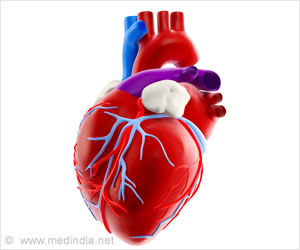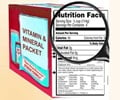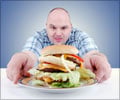
‘Food smells and tastes better if you take your time. For a really good meal, taking time and breathing smoothly will deliver better smell and flavor.
’
Tweet it Now
Rui Ni, assistant professor of mechanical engineering, Penn State, said, "During quiet breathing, there is no valve that can control the direction of volatile transport. However, something must be controlling the movement of these particles and keeping them out of the lungs."
In the past, physiologists looked at the nasal passages, but not at the pathway from the back of the mouth to the nose. In this case, the research team used data from CT scans and the help of two radiologists to build a schematic of the human airway from the nostrils to the trachea, including the fine structure.
The team then used the schematic to make a 3D model using a 3D printer. They then tested airflow into and out of the airway. The researchers observed that chewed food particles end up in the back of the mouth in a sort of side cavity to the main airflow. They found that when air is inhaled through the nose, the air flow forms an air curtain to prevent volatile particles released from the back of the mouth from escaping into the lungs.
Ni said, "However, when air is exhaled, it sweeps into the area with abundant food volatiles moving them into the nasal cavity where they are sensed by olfactory cells. Movement of the particles is also effected by the speed of breathing. Smooth, relatively slow breathing maximizes delivery of the particles to the nose. Food smells and tastes better if you take your time. This slow, steady breathing optimizes the unsymmetrical transport effect and allows more air to sweep particles out and up. For a really good meal, taking time to slow down and breathe smoothly will deliver more smell and flavor."
The study has been published in Proceedings of the National Academy of Sciences.
Advertisement















